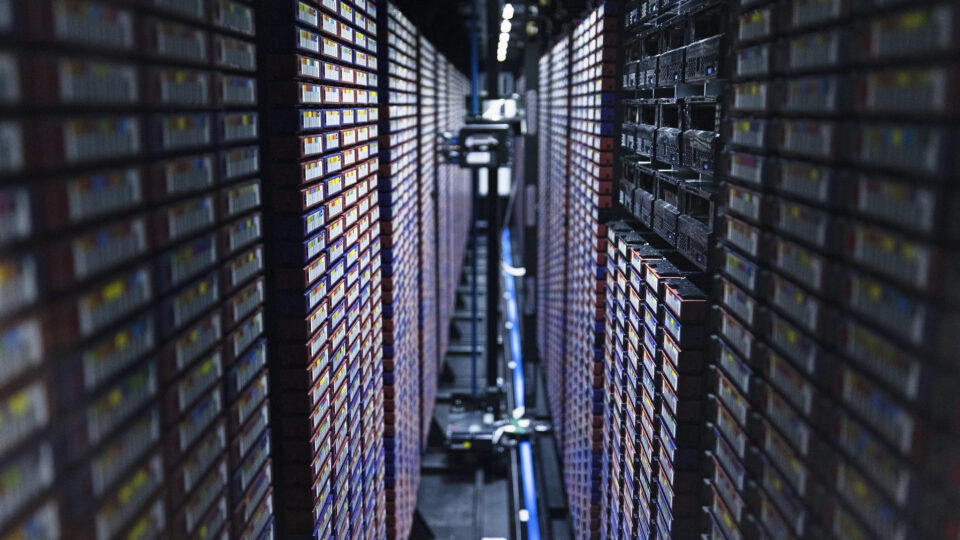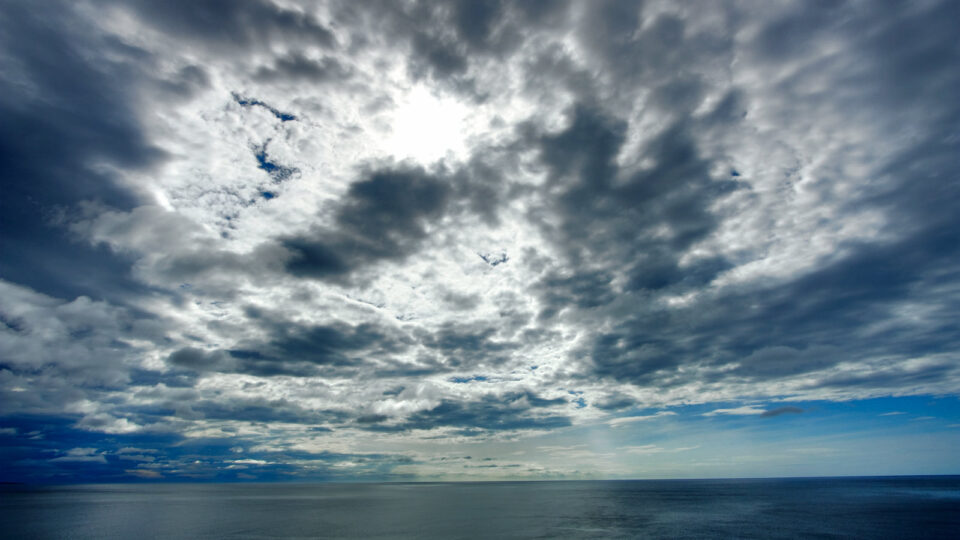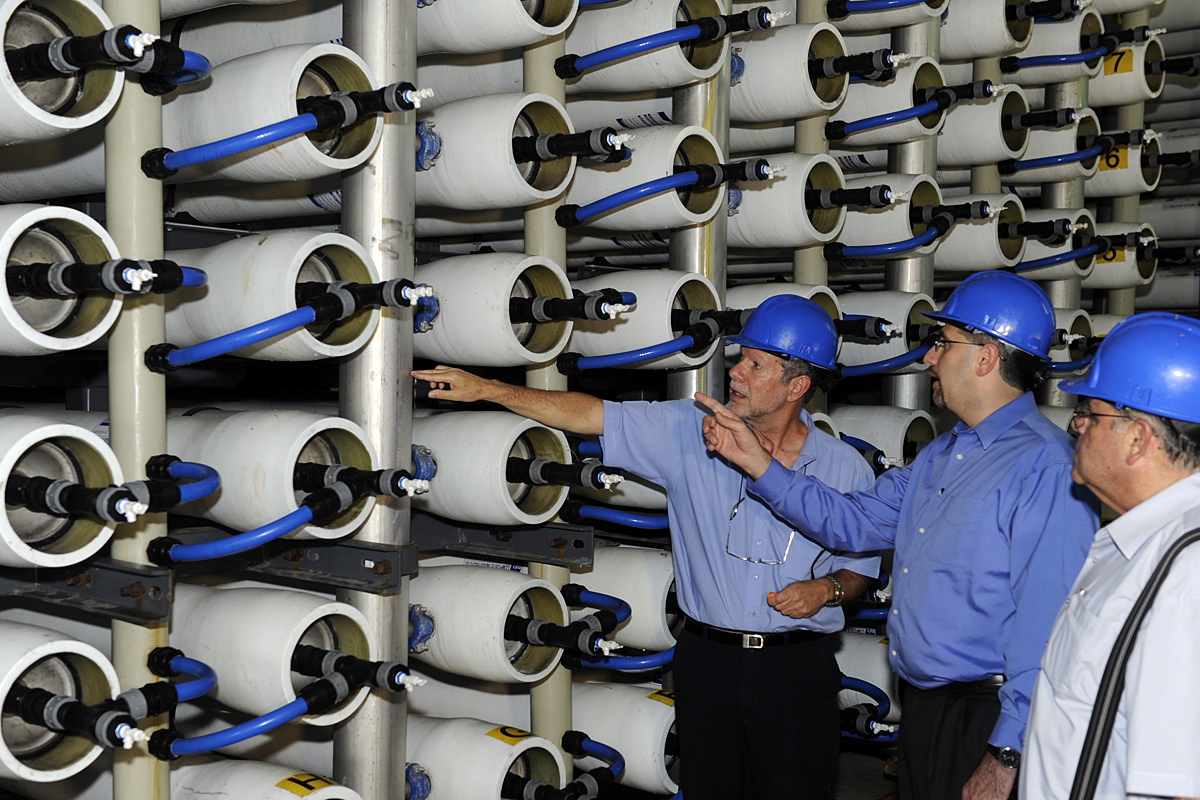According to a new U.N. report, the world’s rivers had their driest year in at least three decades. Record heat and droughts in many places contributed to low levels of water in many of the world’s rivers.
The world faces problems of either too much or too little water. The warming climate has fueled both powerful storms with heavy rainfall and intense droughts around the globe.
Last year was the hottest year on record, and it’s a record that is unlikely to last long. The Mississippi River and Amazon River basins were at all-time lows. Major rivers with headwaters in the Himalayas – the Ganges, Brahmaputra, and Mekong Rivers – were all unusually dry.
According to the World Meteorological Organizations State of Global Water Resources Report, nearly half of the nearly 1,000 rivers tracked around the world had below-normal levels of water. Only 17% had above-average levels. Over the past 32 years, on average only a quarter of the rivers monitored had below-normal water levels and last-year’s 45% was the largest ever.
Last year’s severe heat shrank glaciers that are a crucial source of meltwater that feeds rivers. Glaciers lost more ice last year than they have in at least 50 years.
More than half of the world’s population lives within a couple of miles of a body of fresh water. The places with the highest population densities around the world are almost all near large rivers. Rivers provide freshwater for irrigation, consumption, and transportation and are an important source of energy. Historically, they have played an important role in the development of human society. The shrinking of rivers is a big deal.
**********
Web Links
World’s Rivers Are Driest They Have Been in Decades
Photo, posted August 22, 2023, courtesy of Radek Kucharski via Flickr.
Earth Wise is a production of WAMC Northeast Public Radio




